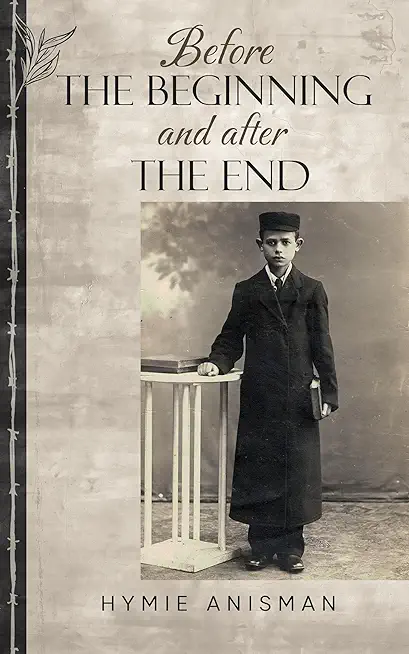
description
7The main argument of the book may be summarized as the claim of an early (Neolithic) discovery of the precession of the equinoxes (usually attributed to Hipparchus, 2nd century BCE), and an associated very long-lived Megalithic civilization of "unsuspected sophistication" that was particularly preoccupied with astronomical observation. The knowledge of this civilization about precession, and the associated astrological ages, would have been encoded in mythology, typically in the form of a story relating to a millstone and a young protagonist-the "Hamlet's Mill" of the book's title, a reference to the kenning Amlóða kvren recorded in the Old Icelandic Skáldskaparmál.[1] The authors indeed claim that mythology is primarily to be interpreted as in terms of archaeoastronomy ("mythological language has exclusive reference to celestial phenomena"), and they mock alternative interpretations in terms of fertility or agriculture.[2]
member goods
No member items were found under this heading.
Return Policy
All sales are final
Shipping
No special shipping considerations available.
Shipping fees determined at checkout.







